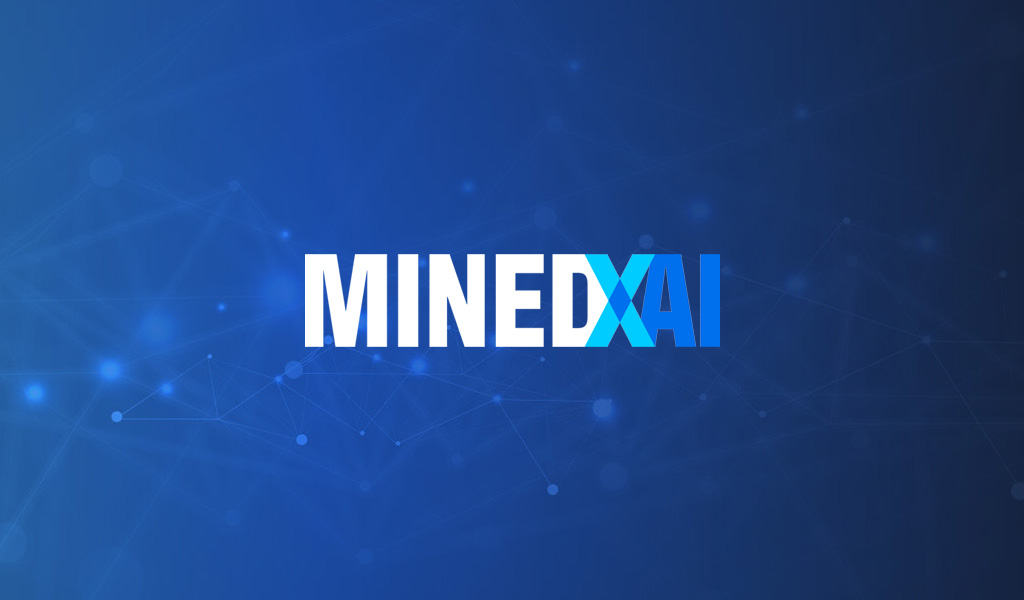
Promotions and Incentives, What Are They Good For?
Promotions and incentives (P&I) programs have been integrated across business functions for decades to enhance sales activities. They are deployed either as an additional compensation layer for the sales force, or in more sophisticated enterprises, they are utilized to assist in sales campaigns to achieve specific business objectives. Annually, billions of dollars are invested in P&I initiatives across all industries. Surprisingly, despite this investment, there is no compelling quantitative way to measure their overall effectiveness or understand if these programs truly impact sales initiatives.
Time and again, senior business executives express uncertainty about the overall effectiveness of P&I programs in driving sales. Evaluating these programs has historically been difficult, often leading to philosophical questions about causality across complex business practices. Traditional evaluation methods, such as year-over-year (YoY) and quarter-over-quarter (QoQ) analysis, fall short because sales cycles are highly non-linear, exhibit seasonality, display vastly different purchasing cycles across different customer types, and are influenced by larger macro-economic factors. Relying solely on these measures has created an incomplete understanding of the need for or implementation of P&I structures, given the variability inherent in historical data analysis.
Navigating Variability: Rethinking Promotion Evaluation Strategies
While executives and managers continue to grapple with the challenge of evaluating P&I programs, new machine learning and AI applications have added powerful capabilities to assist. The key is to reframe the problem from a retrospective evaluation to a proactive forecasting of what an organization should expect without the P&I campaign in place. This transformative approach has two main benefits: it provides an accurate baseline to evaluate the effect of P&I campaigns and delivers real-time and retrospective analysis of the entire organization’s response to the campaign.
The advancement of complex AI forecasting models brings us closer to understanding consumer behaviors, but their sophistication often renders decision-making processes opaque (black-box approaches). Explainable AI (XAI) clarifies AI algorithms’ workings, making predictions understandable and actionable, enhancing trust by providing insights into forecast processes and ensuring stakeholders can rally behind data-driven strategies.
Unlocking Precision with Lowest-Level Forecasting
Traditional forecasting methods, while useful, often operate at a broad level, overlooking intricate variations in consumer behavior and product performance. These methods are often deployed in commonly used Customer Relationship Management (CRM) software applications. The critical attribute of Mined XAI’s forecasting capability is the ability to perform lowest level forecasting. Here forecasts are delivered at the SKU/seller/customer interaction levels, which can then be rolled-up seamlessly to provide a comprehensive understanding of the business.
Lowest-level forecasting provides detailed insights into forward- and backward-looking scenarios at the most granular level, enabling businesses to forecast demand with an unprecedented degree of specificity at every level.
This method illuminates the intricate web of factors influencing consumer decisions, from regional preferences to temporal trends, down to the SKU level, essential for crafting highly personalized promotions and ensuring marketing dollars are spent where they’ll have the greatest impact. The further accurately you can forecast out, the more strategically an enterprise can implement proactive business objectives where P&I can be potent tool.
We have demonstrated extremely successful delivery of Mined XAI’s lowest-level forecasting approach. Compared to current business forecasting strategies formerly implemented by one of our largest customers, we can more accurately predict 30-, 60-, and 90-day timeframes (See infographic). This paradigm shift empowers our clients to refine, adapt, and evaluate their P&I approaches in real-time, ensuring campaigns resonate effectively with intended audiences and drive desired outcomes.

Beyond its immediate benefits, the additional strength of lowest-level understanding lies in its scalability. This granular approach seamlessly aggregates upwards, providing a comprehensive picture of every facet of an enterprise’s operations. By starting with the minutiae, companies ensure every layer of decision-making is informed by precise, actionable data. This optimization not only aligns individual components of a business with overarching strategic objectives, but also contributes to the enterprise’s holistic success, empowering organizations to navigate market complexities, adapt to changing consumer demands, and drive sustainable growth.
Integrating the Distinction: Pipeline Management vs. Forecasting
Jason Jordan, author and sales management expert, highlighted the key differences between pipeline management and forecasting. In the article (https://www.salesforce.com/resources/articles/differences-in-forecasting-and-pipeline-management/), he points out the important distinctions between the two and suggests that they should remain two separate endeavors. Further, he suggests that an organization should not try to forecast all elements of sales chain, but rather to create a higher-level forecast understanding, such as at a business segment level. We suggest that this limitation is inherently driven by the lack of high-resolution precision forecasting methods. Explainable, lowest-level forecasting enables you to understand your destination and everything that needs to happen to achieve it.
Both pipeline management and forecasting play crucial roles in shaping effective sales strategies, but they should not be considered independent exercises. The ability to project and monitor the sales channel gives you immediate feedback on where you are in the course of accomplishing larger business objectives. Indeed, we see our customers using XAI forecasting to enhance ROI opportunities across the enterprise. By delving into predictive analysis, lowest-level forecasting equips businesses with the capability to project demand with extraordinary specificity, shedding light on the complex matrix of variables influencing consumer choices. This level of detailed forecasting is not just advantageous, but critical for formulating customized promotions and directing marketing expenditures to their most impactful points.
Conclusion
As we advance into the future of business-to-business and business-to-consumer sales, embracing lowest-level forecasting and explainable AI is crucial for developing sophisticated, responsive, and effective promotional strategies. These technologies offer a new paradigm for understanding customer decision-making, prioritizing depth of insight and clarity of rationale. By doing so, businesses achieve a competitive edge, foster stronger relationships with customers, and pave the way for sustained success in a rapidly changing marketplace.
